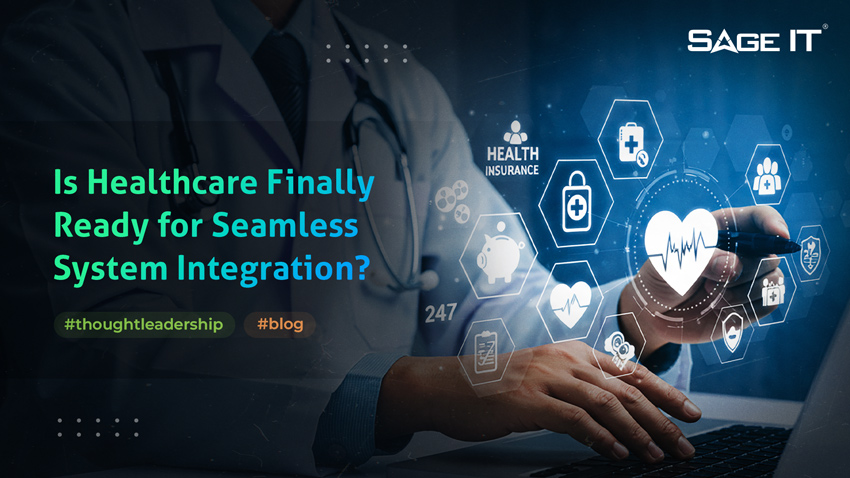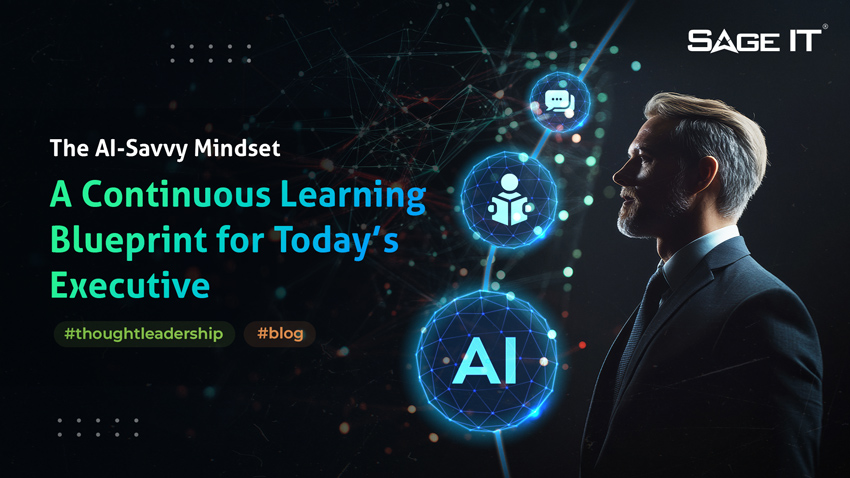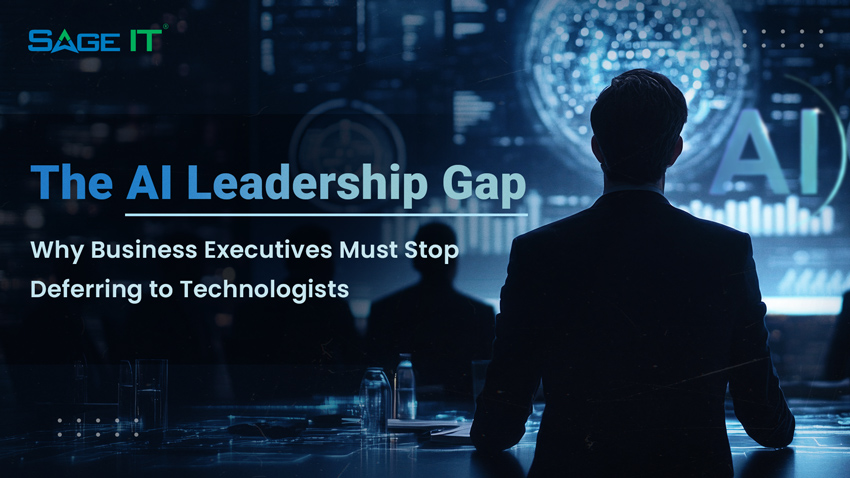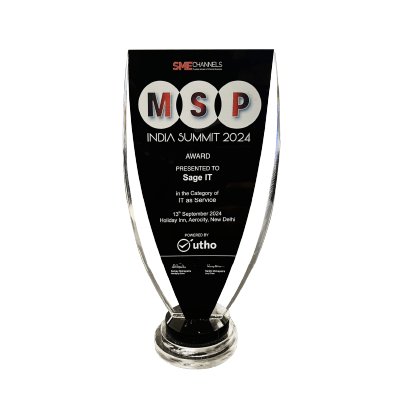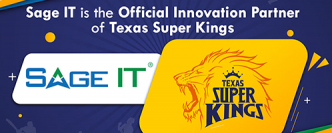Healthcare system integration has reached a critical tipping point in 2025, driven by the convergence of mature standards, regulatory mandates, and breakthrough AI technologies. After decades of fragmented data silos and proprietary systems, the industry has finally assembled the technical foundation, market incentives, and organizational capabilities necessary for truly seamless integration. The question is no longer whether seamless healthcare integration is possible, but how quickly organizations can capitalize on this unprecedented opportunity.
The Perfect Storm Enabling Seamless Integration
Healthcare integration has transformed dramatically from a technical aspiration to a market imperative. FHIR adoption has reached 71% globally and 98% of US hospitals, representing the fastest healthcare standard adoption in history. This isn’t gradual evolution, it’s a fundamental shift from proprietary, closed systems to open, API-first architectures that make real-time data exchange not just possible, but routine.
The 21st Century Cures Act has moved from policy to practice, with information blocking provisions now carrying real enforcement mechanisms and mandatory patient access APIs driving widespread FHIR implementation. Meanwhile, the healthcare integration market has exploded from $3.95 billion in 2024 to a projected $11.2 billion by 2032, fueled by organizations achieving measurable returns on integration investments within 9 months.
Perhaps most significantly, artificial intelligence has emerged as the great enabler, solving previously intractable challenges around semantic interoperability and real-time data processing. Northwestern Medicine’s FHIR-GPT achieves 90% accuracy in converting legacy EHR data to modern standards, a 35-50% improvement over traditional methods. Microsoft’s healthcare AI orchestrator reduces cancer care review times from hours to minutes, while Epic’s CoMET models analyze 16.3 billion patient encounters to predict outcomes and optimize treatments.
Breaking Through Historical Barriers That Defined the Industry
The barriers that once seemed insurmountable have been systematically dismantled. Vendor lock-in, long the third rail of healthcare IT, has been broken through regulatory pressure and market competition. Epic, historically the most proprietary vendor, now operates the largest healthcare app marketplace with over 1,000 third-party applications. Oracle Health has embraced open standards through CommonWell, while smaller vendors compete on interoperability as a core differentiator.
Data silos are dissolving through cloud-native integration platforms that process petabyte-scale healthcare data in real-time. The transformation is measurable: hospital interoperability capabilities jumped from 23% achieving all four domains (find, send, receive, integrate) in 2014 to 70% in 2023. More dramatically, the industry has moved from batch processing and overnight data exchanges to real-time streaming that enables immediate clinical decision support.
Cultural resistance has yielded to proven business value. Organizations report $1.1 million in average annual savings for community hospitals, while large payers document over $300 million in administrative cost reductions. When physicians see ambient AI reducing documentation time from 30 minutes to 30 seconds, adoption barriers vanish quickly.
AI as the Game-Changing Integration Accelerator
Artificial intelligence isn’t just enhancing healthcare integration; it’s making previously impossible integrations achievable. Stanford Health Care deploys multi-agent AI systems for tumor boards, reducing complex case reviews from hours to minutes while maintaining clinical quality. Tel Aviv Sourasky Medical Center revolutionized oncology workflows using AWS HealthLake with AI-powered decision support that delivers faster, better-informed clinical decisions.
The technical breakthrough lies in AI’s ability to solve semantic interoperability, the challenge of making different systems understand each other’s data. Machine learning models now automatically standardize clinical documentation, translate between coding systems, and reconcile patient records across disparate platforms. This eliminates the manual data mapping that historically made integration projects prohibitively expensive and time-consuming.
AI and semantic interoperability are now the top health IT trends, representing a fundamental shift from data integration to intelligence integration, where organizations share AI-generated insights rather than raw patient information.
Security and Compliance Driving Rather Than Hindering Integration
The security landscape has evolved from viewing integration as a risk to recognizing isolation as the greater threat. The December 2024 HIPAA Security Rule update, the most significant since 2013, mandates encryption, network segmentation, and automated monitoring, but these requirements are driving adoption of modern, secure integration architectures rather than preventing data sharing.
Zero-trust security models have become standard, with successful implementations like Main Line Health achieving same-day microsegmentation deployment across their entire enterprise. The 2024 HHS Cybersecurity Performance Goals provide clear frameworks that treat secure integration as essential infrastructure rather than an optional enhancement.
The Change Healthcare breach affecting 190 million individuals paradoxically accelerated integration adoption by demonstrating the risks of centralized, poorly secured systems. Organizations are responding with distributed, blockchain-based approaches and AI-powered security that can distinguish between normal healthcare operations and anomalies in real-time.
Market Evidence of the Tipping Point
The financial metrics tell a compelling story. Healthcare integration venture capital investment reached $23 billion in 2024, with 30% specifically targeting AI-enabled integration solutions. This isn’t a speculative investment; it’s based on proven ROI from organizations achieving measurable value within 6-12 months of implementation.
Epic’s platform now processes over 10 billion monthly API calls, while Microsoft Azure FHIR service exceeded 1 billion monthly calls, numbers that would have been unimaginable just five years ago. These aren’t pilot projects; they represent production-scale, mission-critical healthcare operations running on integrated platforms.
The regulatory environment has shifted from permissive to mandatory. CMS Prior Authorization Rules require FHIR-based APIs by January 2026, while TEFCA connects 625+ hospitals through Qualified Health Information Networks. Organizations aren’t choosing whether to integrate; they’re choosing how quickly to implement comprehensive integration strategies.
The Implementation Reality: Complex but Achievable
Successful healthcare integration requires sophisticated orchestration across technical, organizational, and regulatory dimensions. Organizations like Mayo Clinic demonstrate that seamless integration is achievable at scale, with 76,000 staff across three campuses operating with unified medical records and AI-powered capacity management that has contributed to their ranking as the #1 hospital for seven consecutive years.
The key is recognizing that modern integration platforms handle the technical complexity while organizations focus on change management and clinical workflow optimization. Kaiser Permanente’s HealthConnect and Cleveland Clinic’s multidisciplinary care teams show that integration success depends more on organizational transformation than technical sophistication.
Implementation timelines have compressed dramatically. FHIR R4 implementations now require 6-18 months compared to multi-year legacy integration projects. Cloud-based platforms provide immediate scalability, while AI-powered data processing eliminates the manual mapping that historically extended project timelines.
The Next Wave: From Integration to Intelligence
Healthcare is moving beyond basic data integration toward intelligent, predictive systems that anticipate needs rather than simply responding to requests. Microsoft’s Healthcare Data Solutions in Fabric creates multimodal warehouses supporting FHIR, DICOM, and conversational data, enabling unified analytics across previously incompatible data types.
The emerging paradigm combines real-time integration with predictive analytics. Organizations can now identify at-risk patients across integrated networks, automatically coordinate care teams, and optimize resource allocation based on comprehensive data analysis. This represents the maturation from “data sharing” to “intelligence sharing.”
Edge computing integration enables immediate decision support at the point of care. AI models deployed locally can analyze data streams from IoT devices, monitors, and wearables while maintaining privacy and ensuring low-latency responses for clinical decision-making.
Strategic Implications for Healthcare Organizations
The integration tipping point creates both opportunity and urgency. Organizations that implement comprehensive integration strategies now gain significant competitive advantages in patient outcomes, operational efficiency, and clinician satisfaction. Those that delay face increasing regulatory compliance costs and operational inefficiencies as competitors achieve integrated care delivery models.
The strategic choice has shifted from whether to integrate to how comprehensively and quickly to implement integration capabilities. Leading organizations are adopting “integration-first” architectures where new technology purchases must demonstrate FHIR compliance and API availability. This creates compounding benefits as each new system enhances rather than complicates the overall integration ecosystem.
Partnership strategies have become essential. No single organization can develop all necessary integration capabilities internally; success requires strategic relationships with specialized integration platform providers, AI technology vendors, and cybersecurity partners who understand healthcare’s unique requirements.
Conclusion: The Integration Imperative
Healthcare has definitively reached the integration tipping point in 2025. The convergence of mature standards (FHIR R4), regulatory mandates (21st Century Cures Act), AI breakthrough technologies, and proven business value creates conditions that are fundamentally different from those of even two years ago. Organizations can now achieve seamless integration with predictable timelines, manageable costs, and measurable outcomes.
The question for healthcare organizations is no longer whether seamless integration is possible, it’s whether they can implement comprehensive integration strategies quickly enough to capitalize on the current market opportunity. Those who act decisively will define the next era of healthcare delivery, while those who hesitate will find themselves increasingly disadvantaged in an industry where integration has become the foundation for competitive advantage.
The healthcare industry is finally ready for seamless system integration. The remaining question is which organizations will lead this transformation and which will be compelled to follow.
About Sage IT: We are a leading IT services company specializing in healthcare system integration and implementation. Our team helps healthcare organizations navigate the complex landscape of modern integration technologies, from FHIR implementation to AI-powered interoperability solutions. Contact us to learn how we can accelerate your organization’s integration journey.

